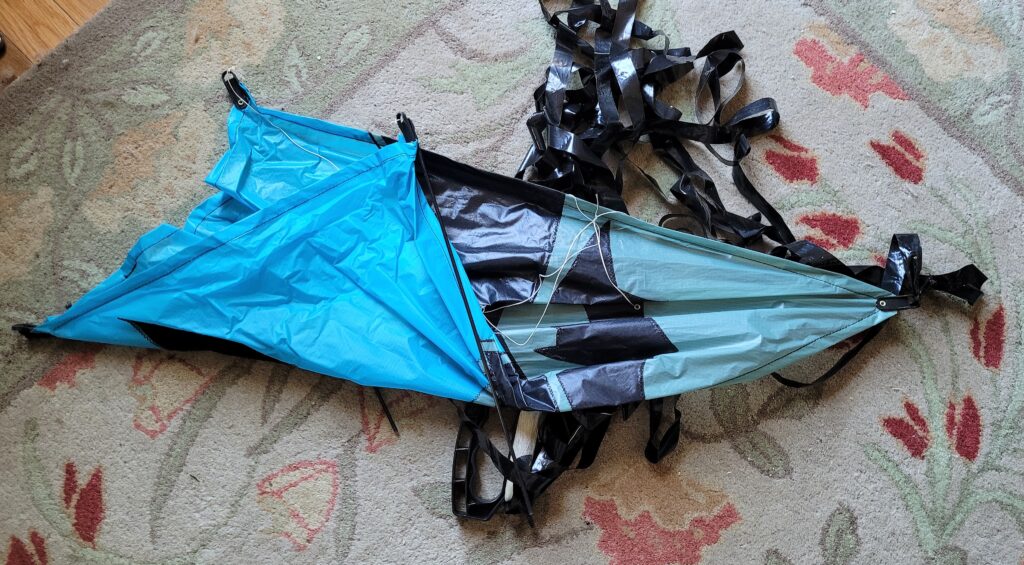Reading my emails, I came across a section about local parks Banning Kite Fighting. Because I know little of kite fighting, this caught my attention.
What is Kite Fighting?
First of all, what exactly is kite fighting? According to my online research, the main aim of kite fighting is to cut your opponent’s kite line with your kite. The cut kite will then drift away in the breeze. Kite fighting is played in teams or by individuals. The last person who has their kite in the air usually wins.
Kite fighting is poplar in Asian countries including Bangladesh, Pakistan, Korea, India, Nepal and Afghanistan.
For instance, Fighter Kites are specially made with strings of piano wire, fishing line, or string coated with glue and small glass pieces.
Why Ban Kite Fighting?
When fighter kites are cut, the sharpened string tails after it and the kite can become lost. The kite is then found in trees, ponds, bushes, and on trails. The sharpened string could cause damage to humans, wildlife, plants, and parks. In some cases, it can cause death if the kite string accidently runs across a human neck.
Speaking of kite fighting, we need to mention Kite Runners. Kite runners are individuals who spot and chase after the cut kites. Usually, the custom is who ever catches the fallen kite first, gets to keep it. So, the bigger and more expensive-looking kites have lots of people running after them.

This unassembled kite is not a fighting kite. I’ve had it in my laundry room for years.
Ending Notes
Enjoying a windy day by flying a kite is a pleasant afternoon diversion. The kite soars above the earth.
However, things are on a different level when the kite string is tampered with or sharpened. Sharpening a kite string makes a regular kite a fighter kite.
In conclusion, always be aware of the dangers of kite fighting to individuals, wildlife, parks, open areas and lakes and ponds.
Resource Sites: Wikipedia, Herndon Patch newspaper and www.topendsport.com

